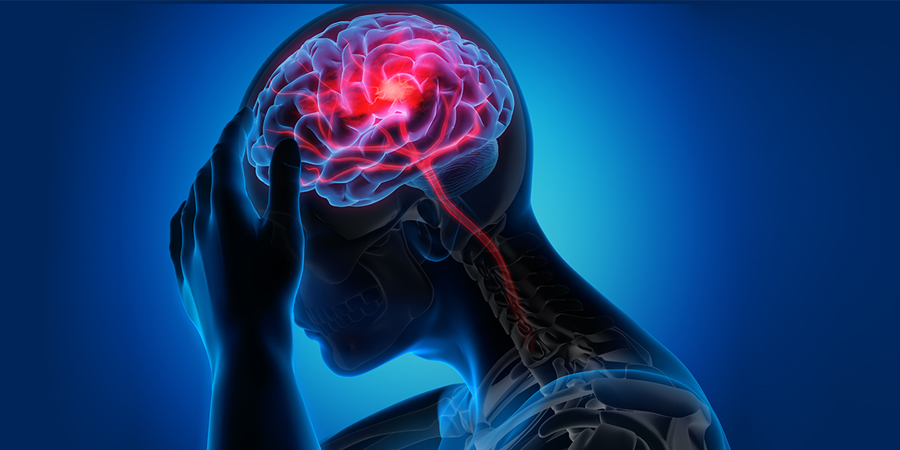A 49-year-old man woke up at 5 a.m. April 4 at his home in Hitchcock and got up. While sitting in the bathroom, he felt weakness in his left arm and leg. He was unable to get out of the bathroom, so he called his roommates to help. They tried to get him up but couldn’t. That’s when they called 911.
The Galveston Area Ambulance Authority responded to the call. When they arrived at the residence, paramedics and EMTs performed a Cincinnati Stroke Scale exam noting that the man had left-sided weakness, left facial droop and slurred speech. They noted he was leaning to his left side as well.
Based on their assessment, the medics determined that the man might be having a stroke. A stroke alert was called to UTMB Health’s Galveston Emergency Department during transport by ambulance.
UTMB Health Galveston staff took him immediately to get a CT scan. The results showed he was having an acute ischemic infarction in the right hemisphere of his brain, specifically a large vessel occlusion that was impeding blood flow to that area.
After reviewing the images, the neurology stroke team activated the neuroendvascular care (NEC) team. Then staff took the patient to the Interventional Radiology suite for mechanical thrombectomy of the clot.
During the procedure, emergency room personnel placed the patient on a ventilator and prepared him for intervention.
Dr. Muhammad Zeeshan Memon, along with UTMB Health neuro-interventionalists and stroke care providers, removed the clot and restored blood flow to the infarcted brain tissue. The patient tolerated the procedure well, and he went to the neuro critical care unit for close monitoring.
The patient was able to tolerate solid foods and start physical and occupational therapy the next day. He was in the hospital for eight days. At that time, he was strong enough to go home and ready to start outpatient therapy.
The Galveston Area Ambulance Authority’s ability to assess the patient’s neurologic status quickly and alert the hospital of an incoming stroke activation improved his overall outcome.
Without the quick action and neuro assessment skills that this crew of paramedics and EMTs provided, this patient’s outcomes may not have been the same, Memon said.
